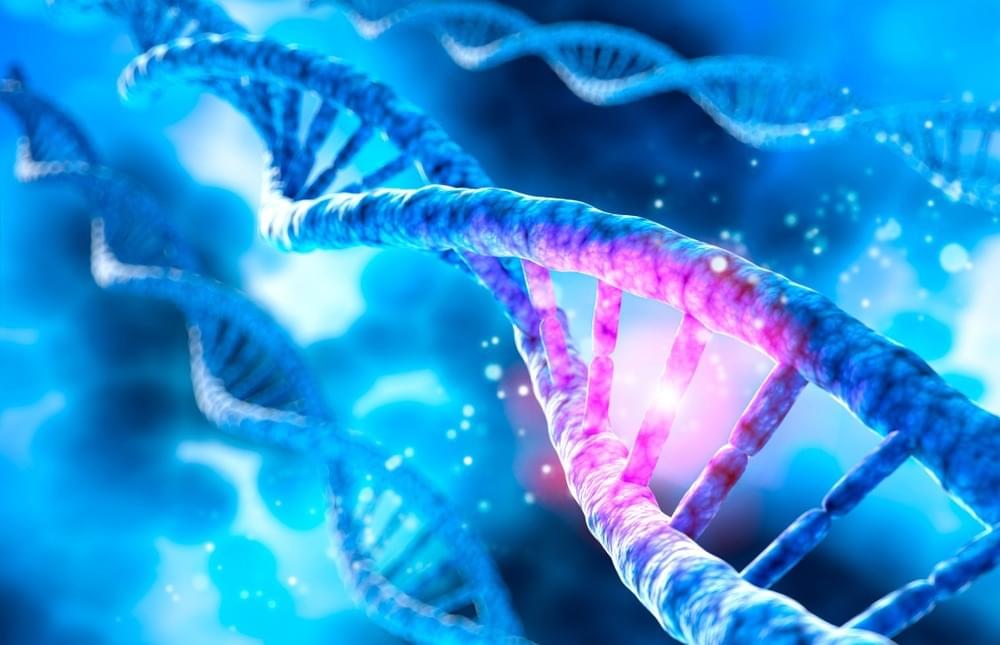An electric airplane developed by Beta Technologies, an ex-NHL player’s startup, is on the wish lists of Amazon, the US Army, UPS, and more.
Get the latest international news and world events from around the world.


GE Aerospace reports successful test of dual-mode ramjet with rotating detonation combustion
LONDON, Jan 4 (Reuters Breakingviews) — Yemen’s Houthis are stirring up the Red Sea and shipping company investors. Denmark’s Maersk (MAERSKb. CO) and Germany’s Hapag-Lloyd (HLAG.DE), for example, have gained some $18 billion in market value since mid-December, as militant attacks shut the Suez Canal, causing freight rates to double. Yet hopes for a lasting boost may be disappointed.
Maersk this week decided to shun the Suez Canal indefinitely, where 12% of global trade passes through. That’s after one of the $35 billion group’s vessels narrowly escaped a hijacking thanks to U.S. helicopters, in turn prompting Iran, which backs the Houthi rebels, to send in a warship. As a result, shipping groups are now re-routing major trade lanes including the Asia to Europe traffic around Africa’s Cape of Good Hope, which adds at least 10 days of travel time.
The extra time and riskiness of the journey has caused freight rates to soar. Asia to Europe prices, for example, have nearly doubled since mid-December to more than $4,000 per forty-foot equivalent unit (FEU), Freightos data showed as of Jan. 3. While that’s still a far cry from the more than 10-fold increase during the pandemic, the result should be a windfall for shipping groups.

Xerox will axe thousands of jobs in its ‘reinvention’ plan
Xerox was once a synonym for copying. But those halcyon days are long gone for the office equipment company founded in 1906.
Now the company plans to cut 15% of its workforce in the first three months of this year as part of its “reinvention” plans.
Xerox has about 23,000 staff, according to its annual report, meaning thousands will be let go.

Astronomers Detect New Pulsar Wind Nebula and its Associated Pulsar
Astronomers from the Western Sydney University in Australia and elsewhere report the detection of a new pulsar wind nebula and a pulsar that powers it. The discovery, presented in a paper published Dec. 12 on the pre-print server arXiv, was made using the Australian Square Kilometer Array Pathfinder (ASKAP), as well as MeerKAT and Parkes radio telescopes.
Pulsar wind nebulae (PWNe) are nebulae powered by the wind of a pulsar. Pulsar wind is composed of charged particles; when it collides with the pulsar’s surroundings, in particular with the slowly expanding supernova ejecta, it develops a PWN.
Particles in PWNe lose their energy to radiation and become less energetic with distance from the central pulsar. Multiwavelength studies of these objects, including X-ray observations, especially using spatially-integrated spectra in the X-ray band, have the potential to uncover important information about particle flow in these nebulae. This could unveil important insights into the nature of PWNe in general.
Introducing a new Copilot key to kick off the year of AI-powered Windows PCs
Today, we are excited to take the next significant step forward and introduce the Copilot key to Windows 11 PCs. In this new year, we will be ushering in a significant shift toward a more personal and intelligent computing future where AI will be seamlessly woven into Windows from the system, to the silicon, to the hardware. This will not only simplify people’s computing experience but also amplify it, making 2024 the year of the AI PC.

Study finds previously unidentified genetic mutation in a small protein provides significant protection against Parkinson’s disease
In a recent study published in Molecular Psychiatry, researchers explored the effects of a small humanin-like peptide 2 (SHLP2) variant on mitochondrial function.
Mitochondria are implicated in Parkinson’s disease (PD) pathogenesis. Mitochondrial-derived peptides (MDPs) are microproteins encoded from small open reading frames (sORFs) in the mitochondrial DNA (mtDNA). SHLP2 is an MDP with an essential role in multiple cellular processes, and it improves mitochondrial metabolism by increasing biogenesis and respiration and reducing oxidation.
Recent studies link mitochondrial single nucleotide polymorphisms (mtSNPs) within coding regions of MDPs to age-related deficits. For instance, m.2706 A G, an mtSNP in humanin, predicts reduced circulating levels of humanin and worse cognitive decline. Moreover, another mtSNP, m.2158 T C, is associated with reduced PD risk, albeit the underlying mechanisms are unknown.
Solar panels shade carrots, beetroot, saffron in first US farm experiment
Agrovoltaic arrays are strategically arranged to allow for diverse types of farming activities, maximizing land utilization.

